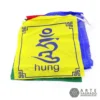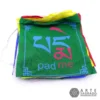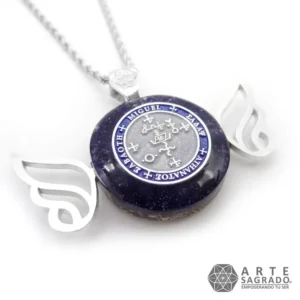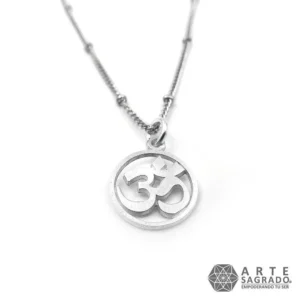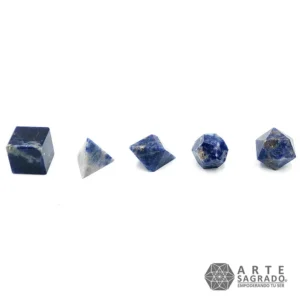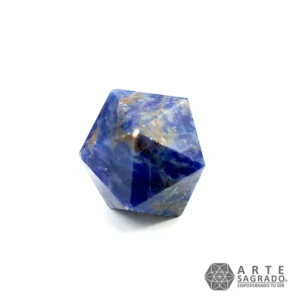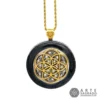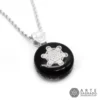These prayer flags owe their origins to both the Bon religion and the dharma of Indian Buddhism. Buddhism was introduced into Tibet by Padmasambhava (800 A.D.). Previously the Tibetans professed the Bon religion which was fundamentally shamanistic.
The flags OM MA NI PADME HUNG are always hung in this mantra order; one of the most elevated mantras in Tibet; a hymn to compassion and great respect for existence. They should be hung in windy places so they are often found in open spaces and on high places.
By touching the flags, the wind is purified and sanctified by the mantras. The prayers are transformed into blessings and spread over the surrounding inhabitants. The flags carry the Bodhisattva's intention to pray and work for the welfare of all sentient beings.
It reminds us and leads us to promote peace, compassion, kindness, strength and wisdom.
The sun and rain wear them down, turning them into strips of dull colors, a reminder that nothing is permanent.
They are renewed again every Tibetan New Year (end of February). This event represents the people's welcome to permanent change and the recognition of the cycles of everything in the universe.
The mantra Om Mani Padme Hum, refers to the six paramitas or transcendental virtues: generosity, ethics, patience, diligence, concentration and wisdom.
Each of the syllables of the mantra om mani padme hum is in itself a mantra that evokes the body, speech, mind, virtues and actions of the Buddhas, to finally link with the six essential wisdoms: that of equanimity, activity, immanent wisdom, dharma wisdom, discrimination, and mirror-like wisdom.
It alludes to the idea of wisdom, altruism and compassion, the latter to be understood as the essence of spiritual life and as a form of love oriented to true wisdom, it is about achieving mastery over the spirit of man as a whole.








